
Benjamin Franklin by James Earle Fraser with green lighting for the Eagles
”An investment in knowledge pays the best interest.” Benjamin Franklin
The institute, like Ben Franklin whom it honors, explores answers to the questions of the lifelong curious in its science museum: What is the connection between electricity and life? How does the mind work? The human body? Machines? What can history teach us today? This inquisitiveness is not confined to the Earth. The institute has a renowned Astronomy department with Chief Astronomer Derrick Pitts who guided us through the wonder of last year’s solar eclipse and conducts monthly “stargazing events” held in the observatory, while the museum’s Philadelphia cam captures the city celestial like the Eagles Parade.
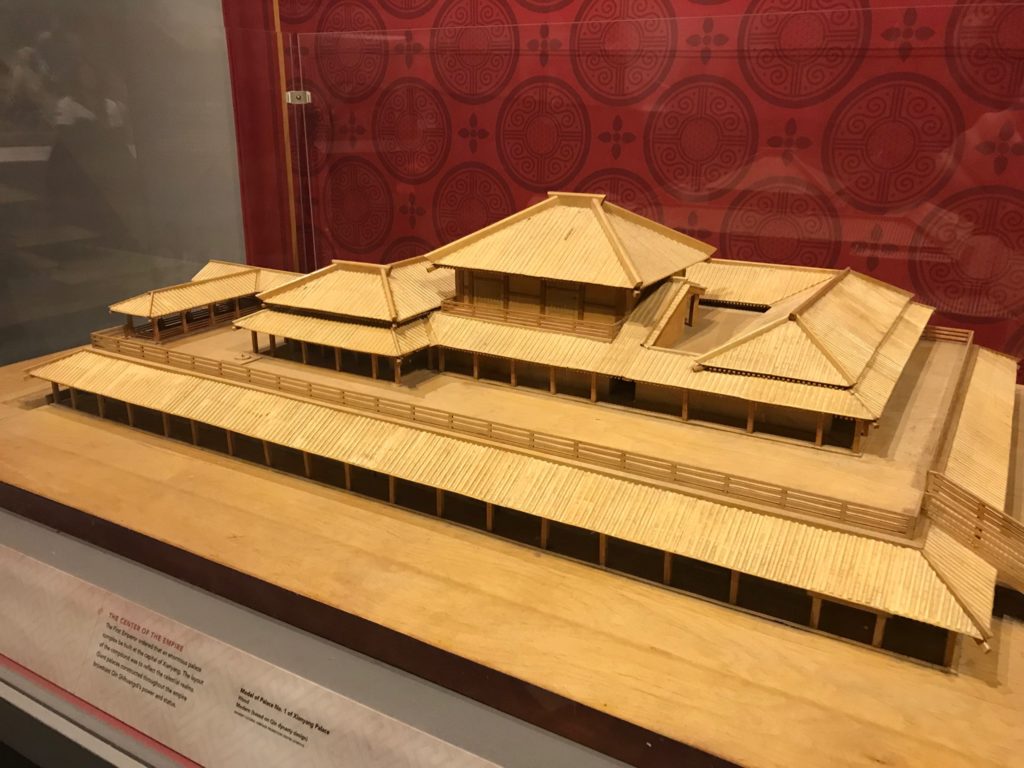
Model of the emperor’s palace
“Terracotta Warriors of the First Emperor”
The first stop in the repository of knowledge and query on Logan Circle is history with the exhibit of the Terracotta Warriors on through March 4th. The life-size warriors are from the tomb of China’s first emperor Qin Shi Huang Di, circa 210 BC, who with his funerary army wished to remain in command of his immortal life as he had his earthly one. Hand in hand with history is archeology. The revelation not only of the accidental find of the warriors by a farmer in the 1974 but the exhibit’s re-creation of the assembly, discovery, and excavation of all 8,000 plus soldiers in what now is known as the Mausoleum of the Xi’an Dynasty Emperor, still not completely excavated, is remarkable. Among the innumerable things that fascinate in the exhibit, the facial expressiveness of the warriors is art as much as history. Interestingly, artisans of the emperor, an estimated 700,000 over a 36-year period, created the soldiers to reflect each individual member of his army. Height reflected hierarchy, generals being the tallest, but some surprises were that the warriors originally were painted in bright colors and others “traveled” with them like musicians and acrobats. Emperor Qin standardized “coins, weights, and measures,” reflected in the exhibit, and connected the walls of various states to create the Great Wall. Significant information about his tomb is not only from the onsite dig and ongoing discoveries but the writings of Chinese historian Sima Qian, the “father of Chinese historiography,” who wrote one hundred years later.
For more information about the exhibit, visit The Franklin Institute or download the Augmented Reality Terracotta Warriors app as well as a separate museum app for Live Science events, both accessible at The Franklin Institute apps. For additional background on the Terracotta Army, NatGeo has a fascinating online interview with a Chinese archeologist: National Geographic Terracotta Warriors.
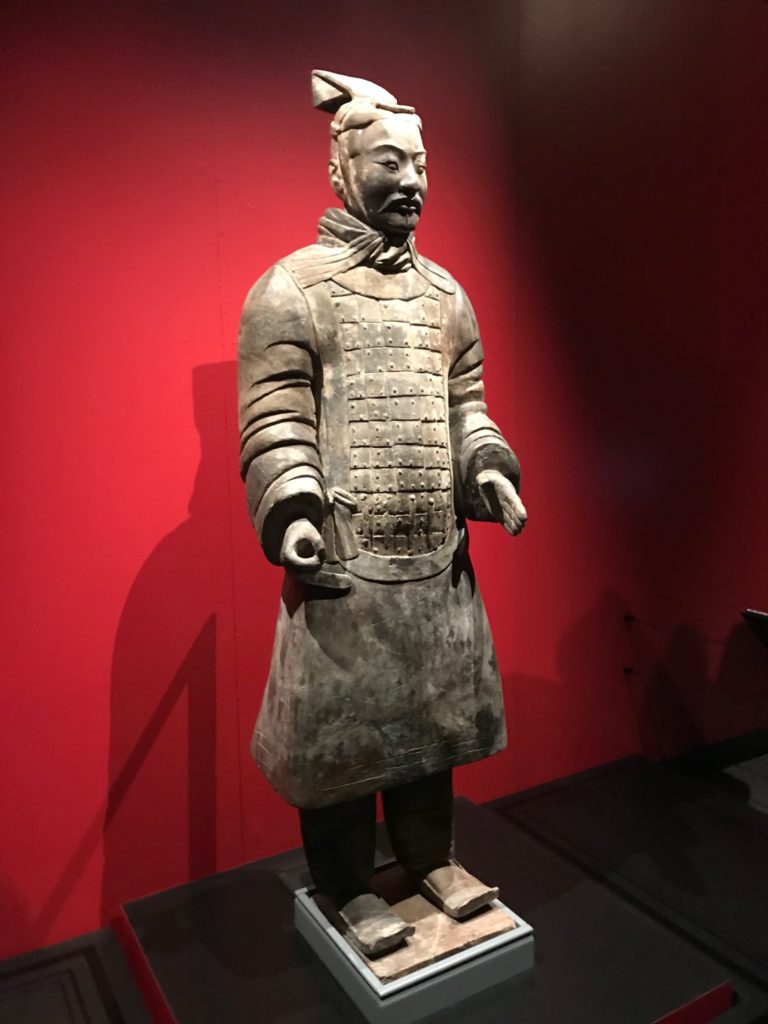
Striking warrior at exhibit entrance
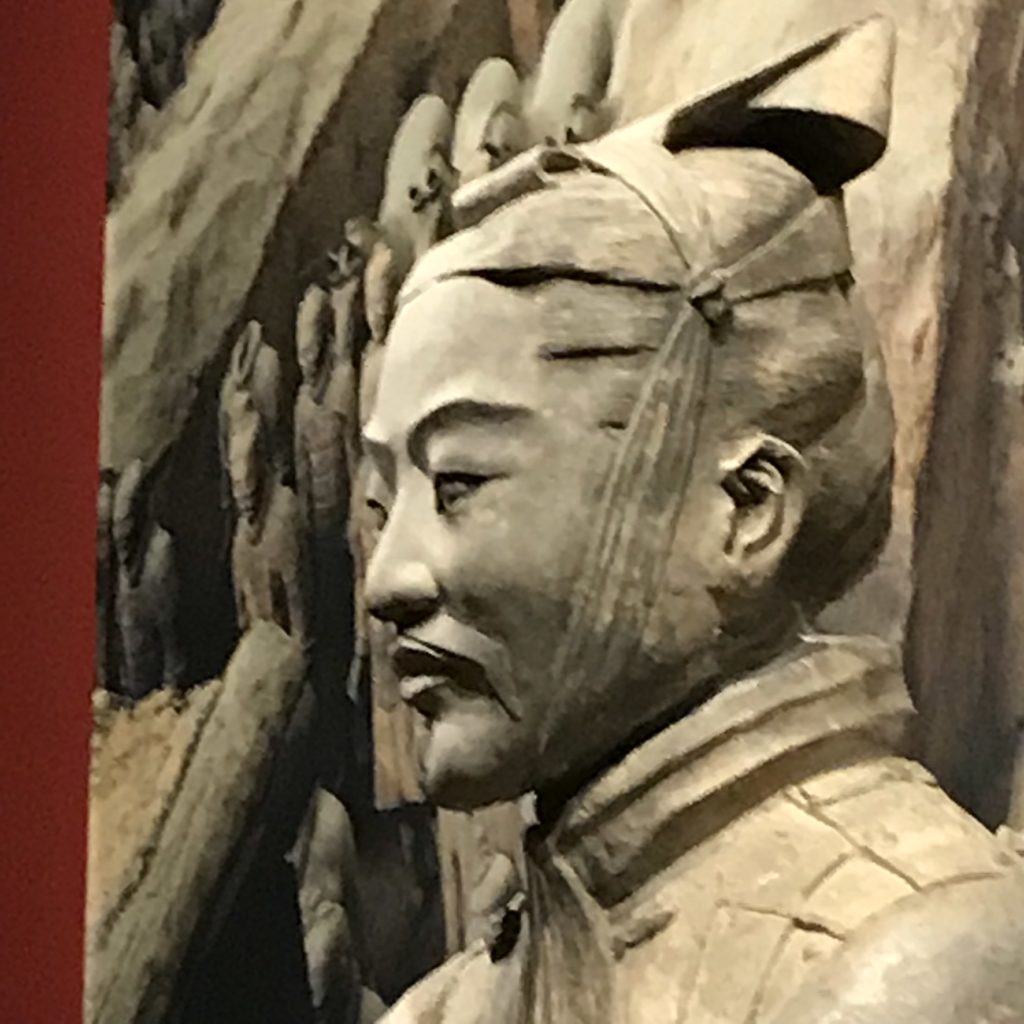
Incredible portraiture

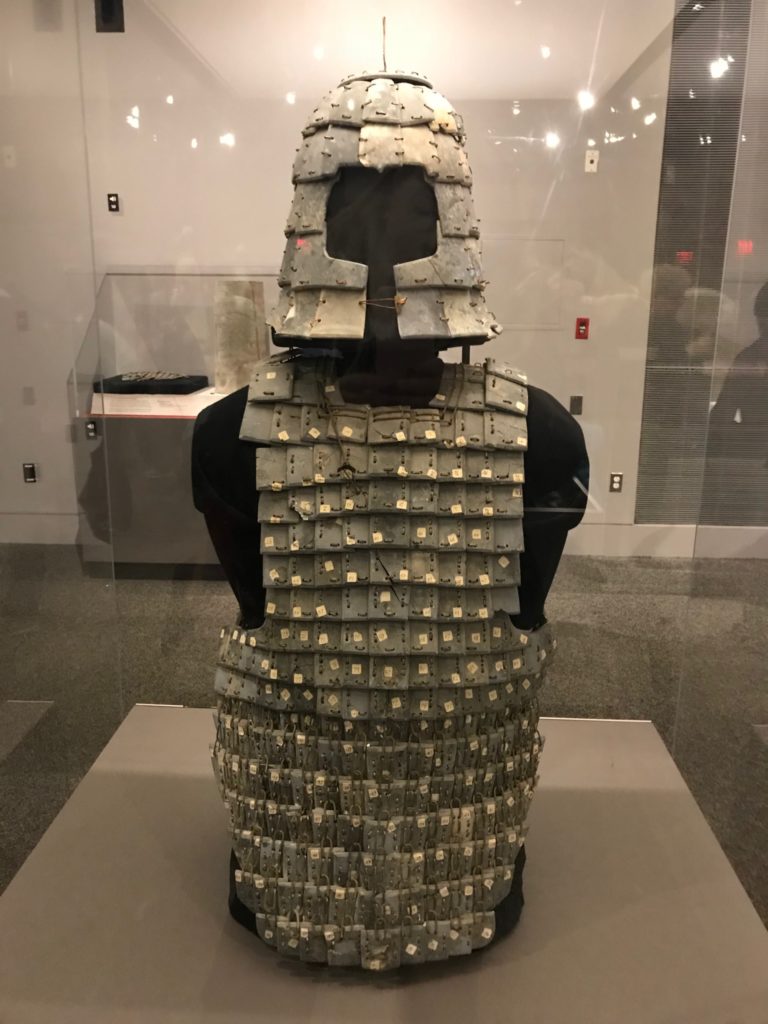
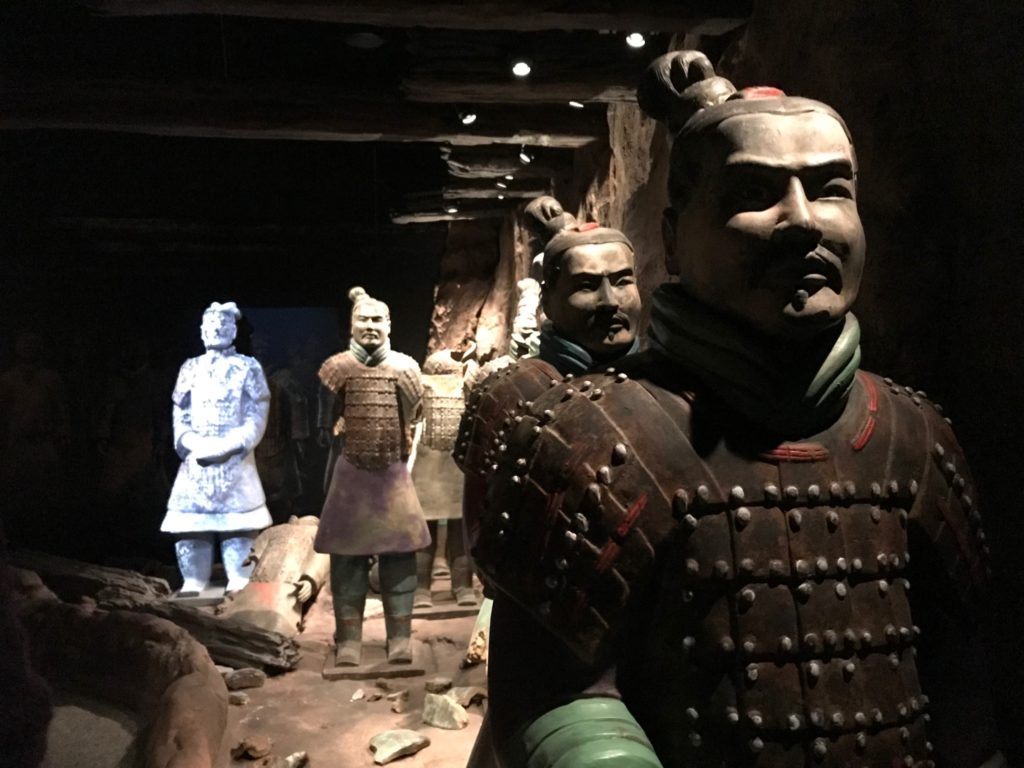
Re-creation of tomb discovery with partially painted figures simulates the original form and deterioration over time
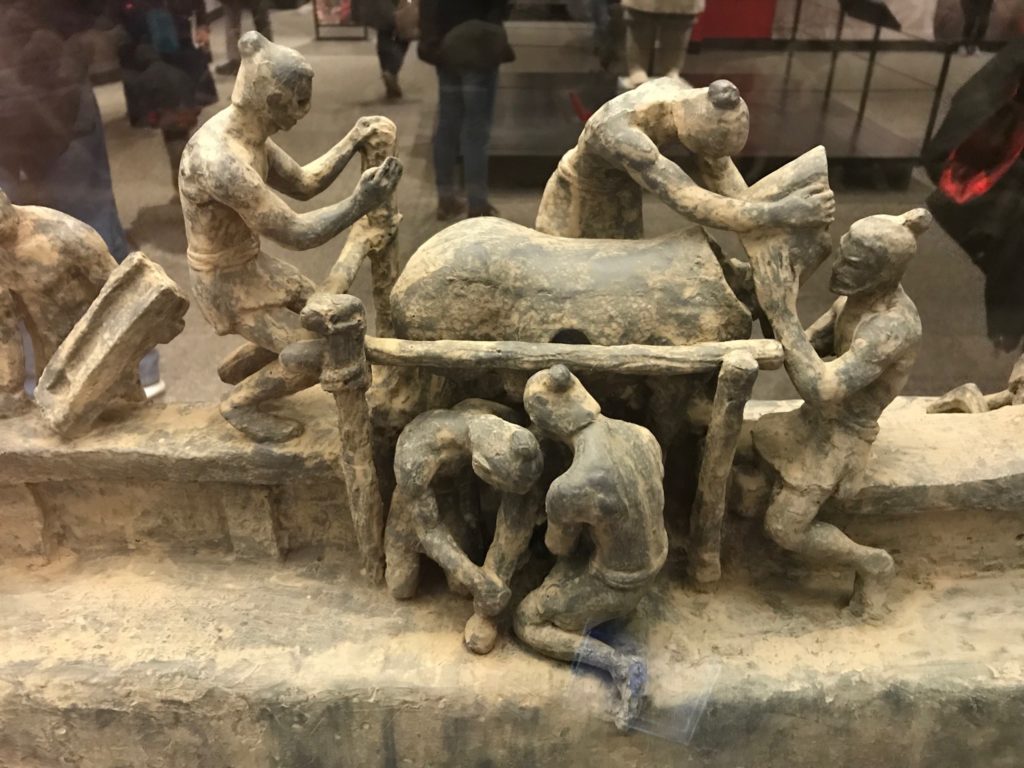
Assembling the figures

Charioteer and horses
The Science Museum
Special features of the science museum are incredible live science shows, which you can also find at The Franklin Institute, a Young Scientists Area (8 and under), 3D printing, movies in the IMAX Theater, escape rooms, Your Brain, the Air Show, Train Factory, Weather, Virtual Reality, Sports Zone, and events…plan a day! Upcoming exhibits include “Game Masters” a trip inside favorite video games “with multi-immersive experiences,” opening September 3rd.
First-hand learning is the hallmark of the science museum. Visitors will see children darting enthusiastically among the interactive exhibits. A fun stand out on this visit was the room that rotated like the one with Fred Astaire’s ceiling dance in “Royal Wedding,” part of the Nicholas and Athena Karabots Pavilion in “Your Brain”.
The museum and special exhibits are not inexpensive, but do plan on a day’s visit, or the better part of one, which may be helpful to know with a Philadelphia itinerary. Buying tickets online ahead of time is helpful to avoid lines during popular visiting periods. The institute has a good, extensive café that can accommodate many visitors and a parking garage, though it is worth an initial look for a parking space on the surrounding streets.
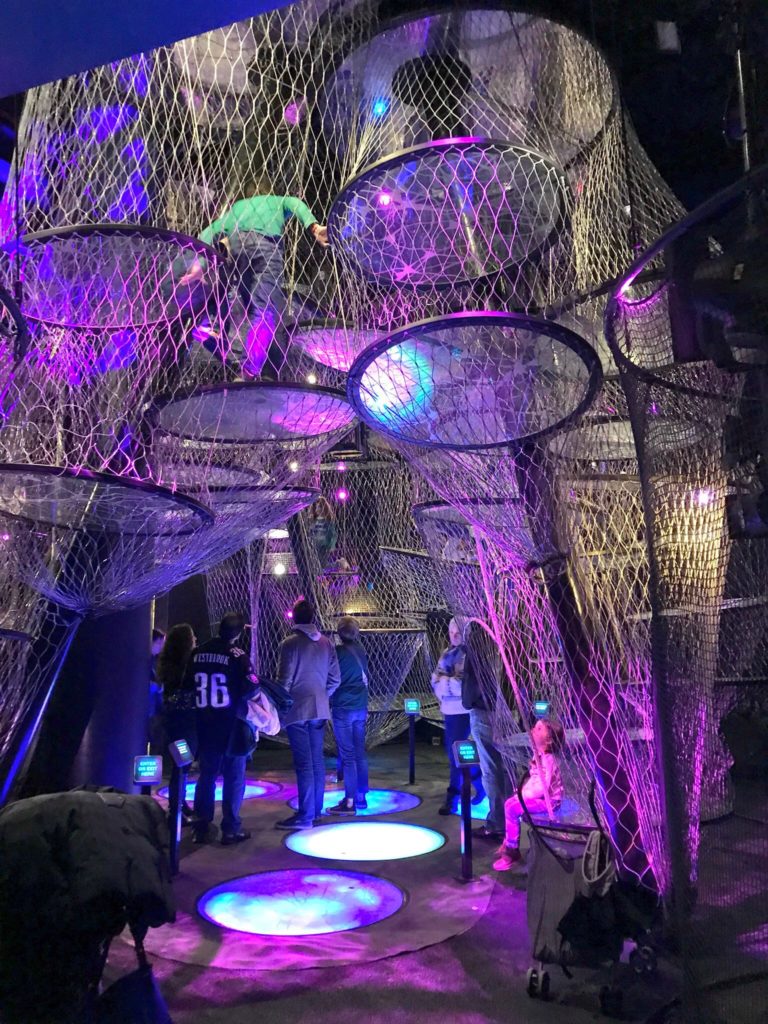
Exploring the neurons of the brain in “Your Brain”
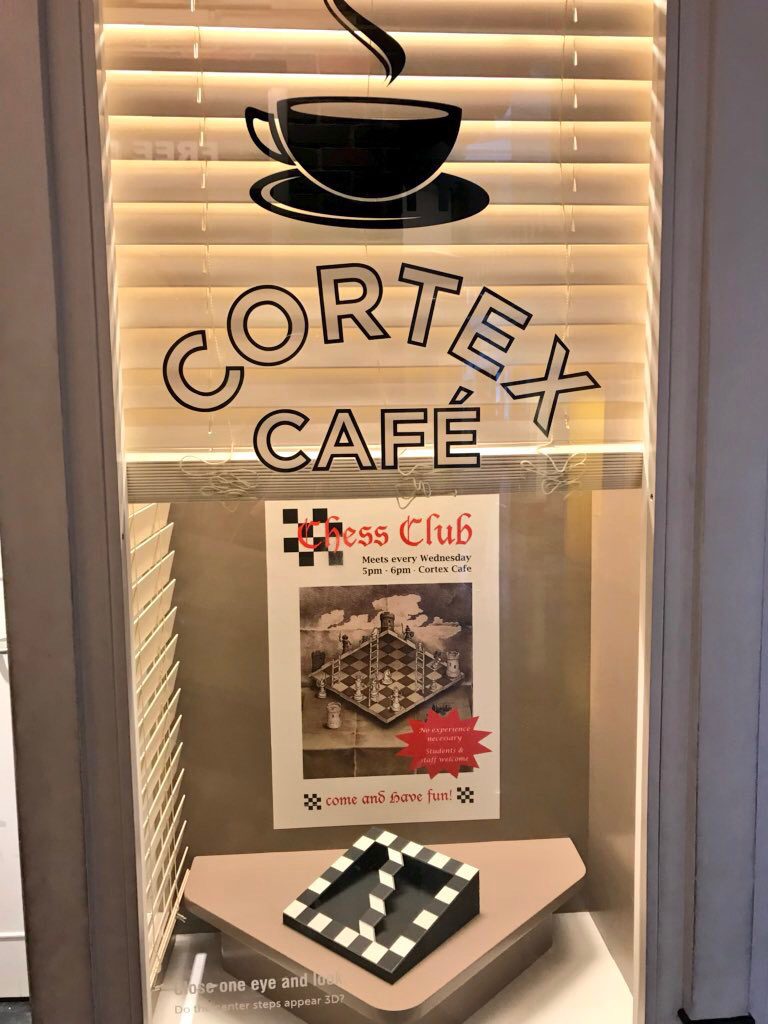
Part of “Your Brain” exhibit ☕

More “Your Brain” exhibit fun

Original Singer sewing machine in “Machines” exhibit
Benjamin Franklin Memorial and The Giant Heart
The Benjamin Franklin Memorial greets visitors with an impressive, larger-than-life marble statue of the inventor and statesman by the accomplished sculptor James Earle Frasier along with a multimedia show. The institute is a valuable resource for all things Franklin, from his discovery of electricity to inventing bifocals, swim fins, and the glass armonica, to helping found the first hospital in the United States: Benjamin Franklin resources. The stately rotunda reflects the influence of Rome’s Pantheon as designed by Beaux-Arts architect John T. Windram in 1938.
At the museum entrance within the gaze of the man who discovered the current of life is the Giant Heart. If your children, or you, for that matter, can resist racing to the heart to the right of the museum entrance upon arriving, do not miss it before leaving. Envisioned by Dr. Mildred Pfeiffer, the heart that would beat in a 220 foot (67 meters) tall person opened in 1954, and with frequent updates, often marks the introduction to museums for many children. It is marvelous to walk through the heart as one’s stature changes over the years. The appreciation for its wondrous power only increases.
For more information and ways to support, visit The Franklin Institute. Additional sources: nationalgeopgraphic.com, MetroKids.com, goodreads.com, and Wiki.

Created by Richard Albany, medical illustrator, and Albert Jehle, engineer

Comments are closed.